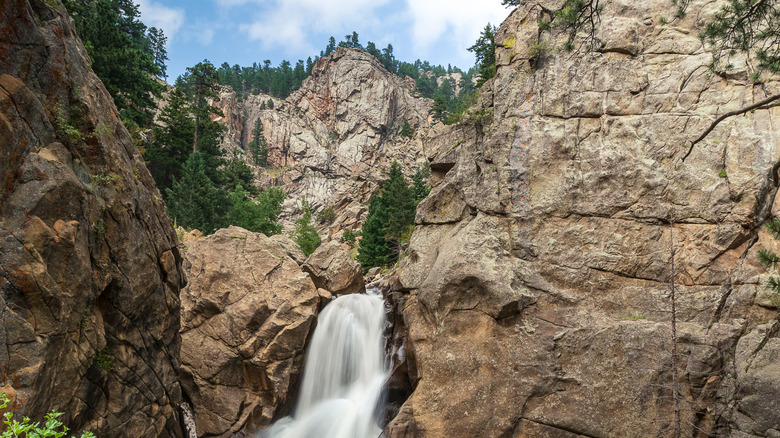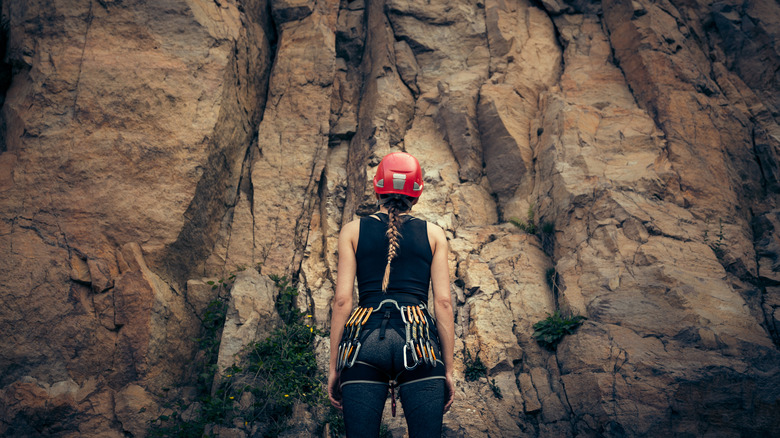Between Denver And Fort Collins Is Colorado's Winding Canyon With Creek Trails And World-Class Rock Climbing
Colorado contains some of the country's most challenging and spectacular rock climbing routes, from the imposing sandstone walls of Eldorado Canyon to the dramatically named Bullet the Blue Sky ascent at Penitente Canyon in the San Luis Valley. Perhaps most impressively, there is a canyon in Colorado that contains more than 1,800 climbing routes, from beginner-friendly to fiendishly tricky. Even better, it is literally minutes from downtown Boulder, once named the "Happiest City in America" by National Geographic. Boulder Canyon's varied terrain, sunny climate, and friendly climbing community make it a must-visit destination for hiking and climbing enthusiasts.
Since the 1950s, Boulder Canyon has been popular with climbers, who were drawn to its winding crags and cracks that cascade down to the creek below. Unlike some of the other canyons nearby, Boulder Canyon is formed of mostly granite, which is referred to in the climbing community as "bulletproof" rock due to its highly textured surface and resistance to breaking. This means climbers feel safer while ascending the rock face.
Along with technical rock climbing, Boulder Canyon has some excellent trails, including one that begins in the city at Eben G. Fine Park. The trail, which is also suitable for cyclists, winds along Boulder Creek for about 2.6 miles before reaching the Chapman Drive Trailhead in Boulder Canyon. The area is also popular thanks to its proximity to several major cities and transport hubs. It is just a 45-minute drive from Denver International Airport, the largest international airport in America. It is also less than 1.5 hours from Fort Collins, one of Colorado's least touristy cities.
Recommended climbing routes at Boulder Canyon
The main draw of Boulder Canyon is its plethora of climbing routes. All routes require at least one person experienced in lead climbing, so if you are part of a beginner group, it is advisable to book a climbing guide. There is no shortage of these in Boulder, with options including Alpine to the Max and Colorado Mountain School. Popular areas for novice climbers include Nip and Tuck, which has a variety of different routes, including cracks, sheer faces, and aretes (a steep, exposed ridge dividing two walls).
For more experienced climbers, the 350-foot-high Castle Rock in Boulder Canyon was once described as the hardest free climb in America. The multi-pitch cracks here can be challenging as the rock is sometimes quite slick, although Jackson's Wall and Cussin' Crack offer more approachable lines. An alternative is the steep and varied Bitty Buttress, which is often bathed in sunlight until the late afternoon. From the top, you can enjoy sweeping views of the canyon, its slopes blanketed in conifers such as Douglas fir and ponderosa pine.
One important thing to note is that the routes here are subject to seasonal or temporary closures (for instance, due to rockfall or nesting wildlife), so it is always important to check for any updates before you set out for your climb. Be sure to come prepared with climbing gear, appropriate clothing and footwear, sunscreen, and plenty of food and hydration.

